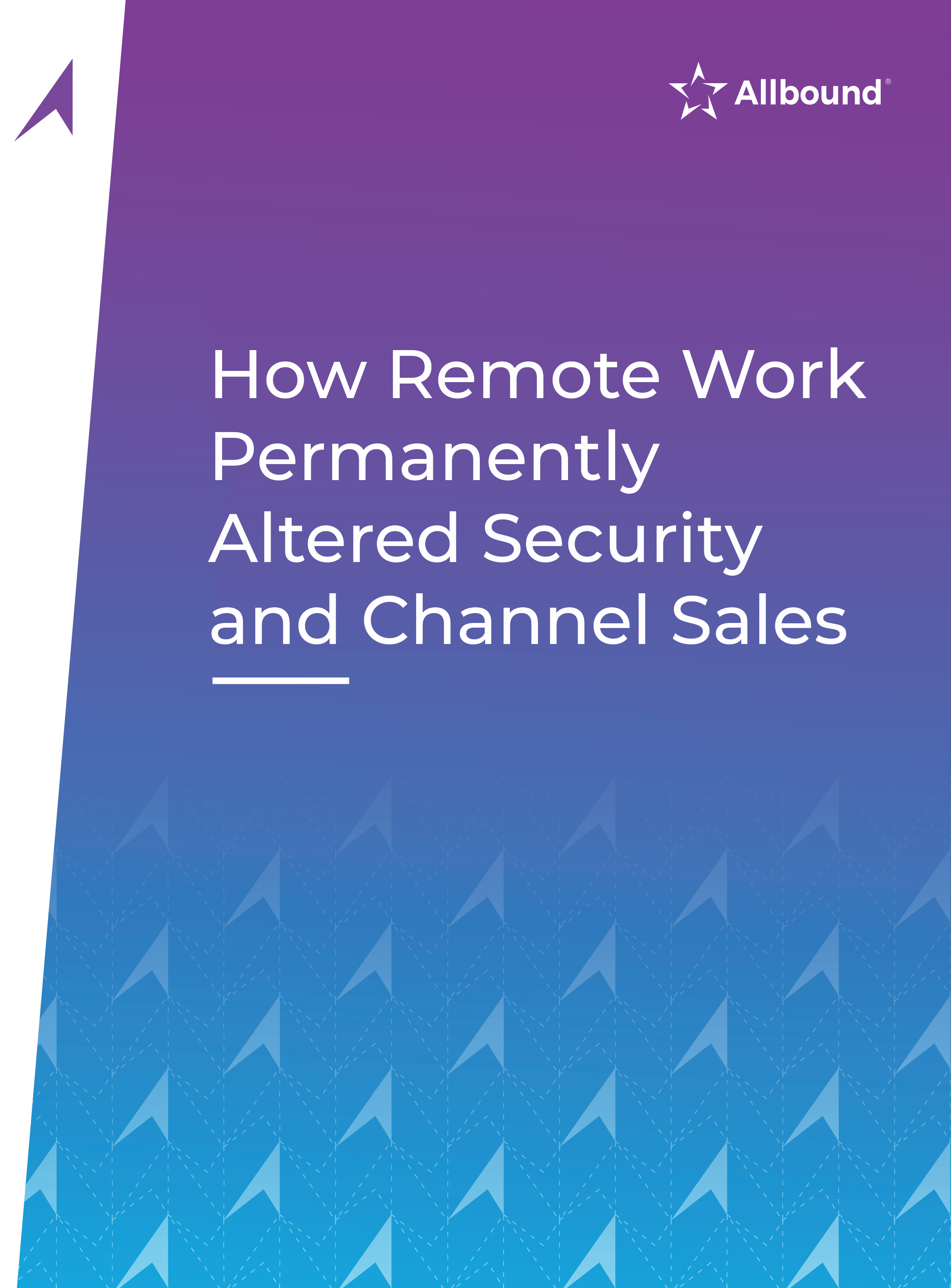Channel Data Management
Intelligent Channel Rebate And Incentive Management: Helping Meet The ‘New Normal’ For Tech Manufacturers
By Chanan Greenberg, SVP and GM of High Tech, Model N
Despite the current economic situation, an economic recovery will occur. For B2B high tech companies, it will likely be a gradual recovery that begins late in 2020 and gains speed in the middle of next year. But for now, sales have slowed across many categories, and some channel-executives lack insight into which products are selling well, versus those that are not. Many are literally “flying blind” as they manage a multitude of rebate and incentive programs without any visibility into which products are in demand, which vertical markets are buying, and where to best apply rebates and incentives.

Chanan Greenberg, SVP, GM of High Tech, Model N
This scenario is typically caused by siloed management of pricing and contracts, which results in price erosion and diminishing margins, with obvious negative financial impacts. This management shortfall can lead to up to 5-10% in incentive overpayments.
What’s more, the market has been marked by heightened price sensitivity as demand fluctuates with pandemic-driven economic uncertainty. On one side, channel partners may ask to renegotiate or add surcharges to meet unexpected conditions. Elsewhere on the value chain, enterprises are offering rebates and incentives to manage demand, move excess capacity, and smooth out spikes in the supply chain.
This means that near-term, companies must monitor channel performance to avoid overpayments and focus on recovery. Long-term, they must transform their channel execution, inventory and pricing strategies to ensure that incentive programs are aligned with strategic priorities. Specific to rebate programs, there is a need for vendors to use them more intelligently to identify and cultivate their highest-value channel partners.
Approaches To Managing Rebates And Incentives
Overall, firms must re-prioritize rebate and incentive management, not only to address today’s pressing challenges but also to prepare for a brighter tomorrow. Key goals around revenue management include easy creation and rollout of effective rebate programs that reduce upfront discounts, mask end-user pricing, and increase the bottom line.
The solution lies in cloud-based tools that can offer real-time understanding of incentive programs. These tools aggregate channel data and provide useful, actionable insights that enable vendors to provide rebate programs to the subsets of markets that really matter. These technologies identify the most valuable partners against a backdrop of even thousands of programs. In many cases, it is almost impossible for companies to manage their programs at a portfolio level, underscoring the need for solutions that leverage analytics and aggregated, data-driven insights.
Vendors also need to make it easy for channels to sign up for programs and to fully engage, including the facilitation of marketing programs and helping to drive marketing automation initiatives. Real-time visibility helps avoid overpayments and also ensures that finance teams accrue the correct liabilities, based on how much product is being consumed and how much will be paid out. By having deep visibility into incentives and rebates, financial professionals know when programs are finished and when they can release funds. They can also recognize deferred revenue through these same capabilities.
Proactively identifying the best partners and markets enables focus on the best opportunities for profitable revenue. If a company can pinpoint customers that are still buying – even in a choppy market – and those customers whose margins are still good, the focus should be on selling to them. Thus, favorable rebate and incentive strategies can be formulated as part of an overall selling plan. These strategies align with best practices for long-term customer retention and brand reputation, including the adoption of techniques like 90-day rebates or time-based incentives designed to facilitate sales of channel products.
Benefits Of An Intelligent Strategy
An intelligent strategy based on timely and accurate channel data enables companies to benefit from a deeper understanding of channel and distributor interactions. They are empowered to “connect the dots” between channel data management (CDM), rebate management, and market development funds (MDF) management. Automation also plays a role, as cloud-based solutions can eliminate manual processes to deliver faster rebate and payment calculations, providing more efficient oversight of incentive programs as well as avoidance of overpayments, which becomes particularly important as sales volume scales up.
And, by guiding the channels to customers that provide both demand and margin, tech companies are positioned to be laser-focused on enabling their partners’’ success. As part of a flexible strategy, vendors can also provide considerations such as extending terms and conditions to meet customer needs, for example. This kind of responsive partnership drives value for all parties, and rebates and incentives become even more effective tools for increasing engagement. In today’s challenging times, intelligent, technology-driven channel management positions companies for not only short-term survival but also for long-term financial success.
Greenberg addressed the benefits of automating channel programs during CMR’s ChannelWeek online event, now available on-demand.









